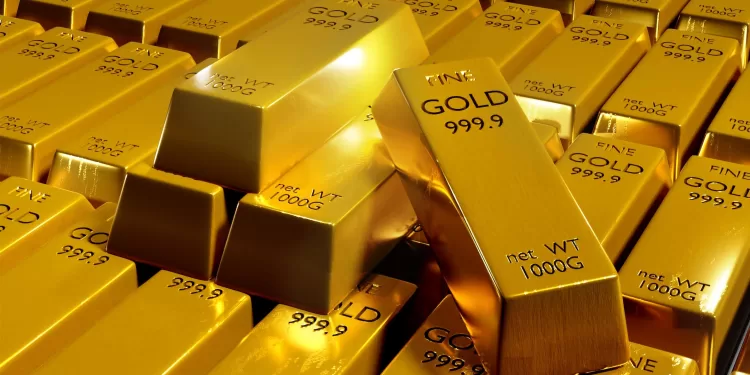
- Saeed Embabi, CEO of the iSagha platform for trading gold and jewelry online, said that gold prices fell in the local market by 5 pounds during last week’s transactions, as the price of a 21-carat gram opened transactions at the level of 3,110 pounds, and concluded at the level of 3,095 pounds, while it declined. Gold prices on the global stock market amounted to $34, as an ounce opened trading at the level of $2327, touched the level of $2451, and concluded trading at the level of $2293.
- Embabi added that the price of a gram of 24 karat gold was 3,537 pounds, the price of a gram of 18 karat gold was about 2,653 pounds, while the price of a gram of 14 karat gold was about 2,064 pounds, and the price of a gold pound was about 24,760 pounds.
- He explained that gold on the global stock market received two major blows in last Friday’s trading, which led to a decline in gold prices by 3.3%, which is the largest daily decline since 2020, due to US employment data that reinforced the US Federal Reserve’s continuation of its tight monetary policy, in addition to data that showed a halt. The Chinese central bank announced that it will break the 18-month long wave of gold buying.
- The People's Bank of China bought only 60,000 ounces of gold, compared to 160,000 ounces in March and 390,000 ounces in February. In addition, China's gold imports in April fell by about 30% from the March level.
- Mbappe added that high inflation rates, geopolitical uncertainty and the desire to partially abandon the dollar are the reasons why central banks embarked on a strong buying wave of gold, anticipating continued demand from central banks.
- He explained that the Chinese Central Bank stopping purchasing gold in May does not mean continuing to stop purchasing operations, as it may be temporary, and then the purchasing phase will be completed again.
- Embaby added that the Chinese central bank cannot practice a trading policy against itself and incur a huge loss, as the Bank of England did in the 1990s when it announced the sale of half of its gold reserves, which led to a significant decline in gold prices and exposed itself to loss.
- On May 7, 1999, the Bank of England announced its desire to sell half of its gold reserves, and within two months the bank sold about 395 tons of gold, and then gold prices fell to their lowest historical levels at $252.80 per ounce, and this is known as “Brown’s Bottom.” A reference to Gordon Brown, who was Chancellor of the Exchequer at the time.



